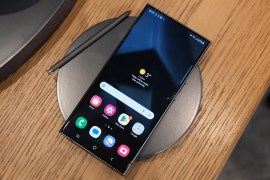10 things you need to know about Oculus Go
Oculus’s standalone VR headset is on the horizon, but what makes it stand out from the rest?
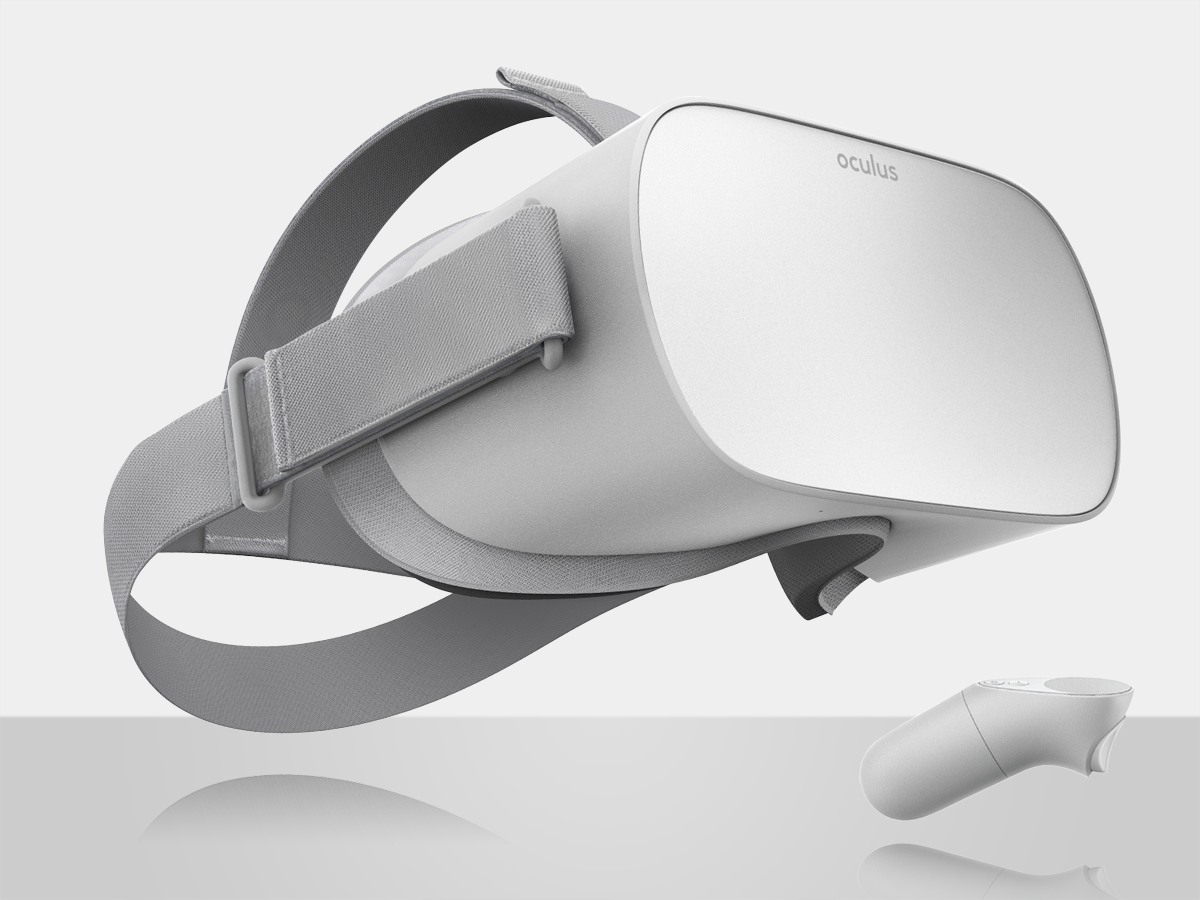
10 things you need to know about Oculus Go
Whether it’s a high-end gaming PC, a current-gen console or a flagship smartphone, most current VR headsets require extra hardware to run them. But unlike the Oculus Rift, HTC Vive, PSVR and Samsung’s Gear VR, Oculus’s standalone Go has everything you need for a VR trip right onboard. What’s more, it’s not going to break the bank when it goes on sale either. Like the sound of that? Then here’s everything you need to know about VR’s latest hero.
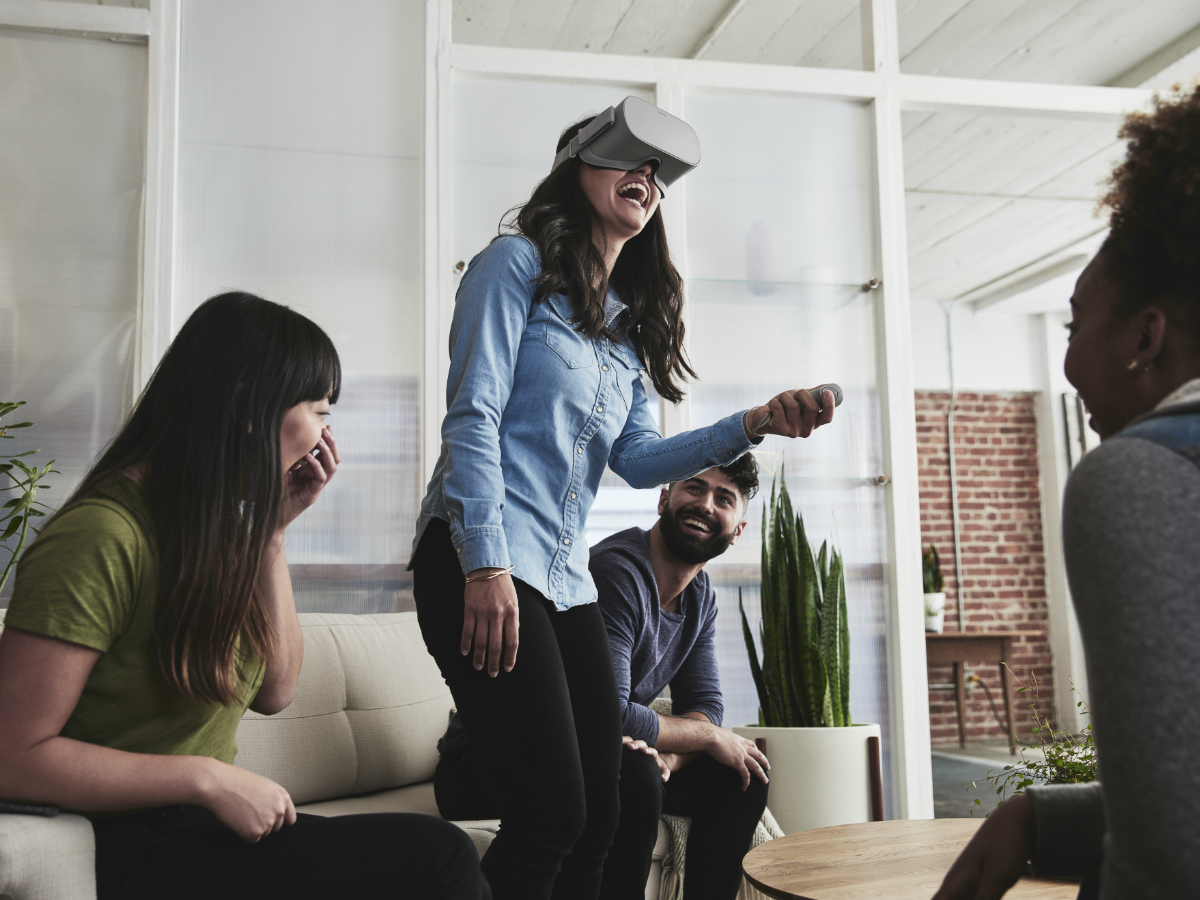
1. It won’t be expensive
Prices for the Oculus Go start at US$199, which suggests there’ll be more than one model, probably just differentiated by storage capacity. Either way, that’s significantly cheaper than a Gear VR headset with a comparably-equipped smartphone, let alone a PlayStation VR with a PS4, or an Oculus Rift or HTC Vive with a high-end PC. VR’s never been so affordable.
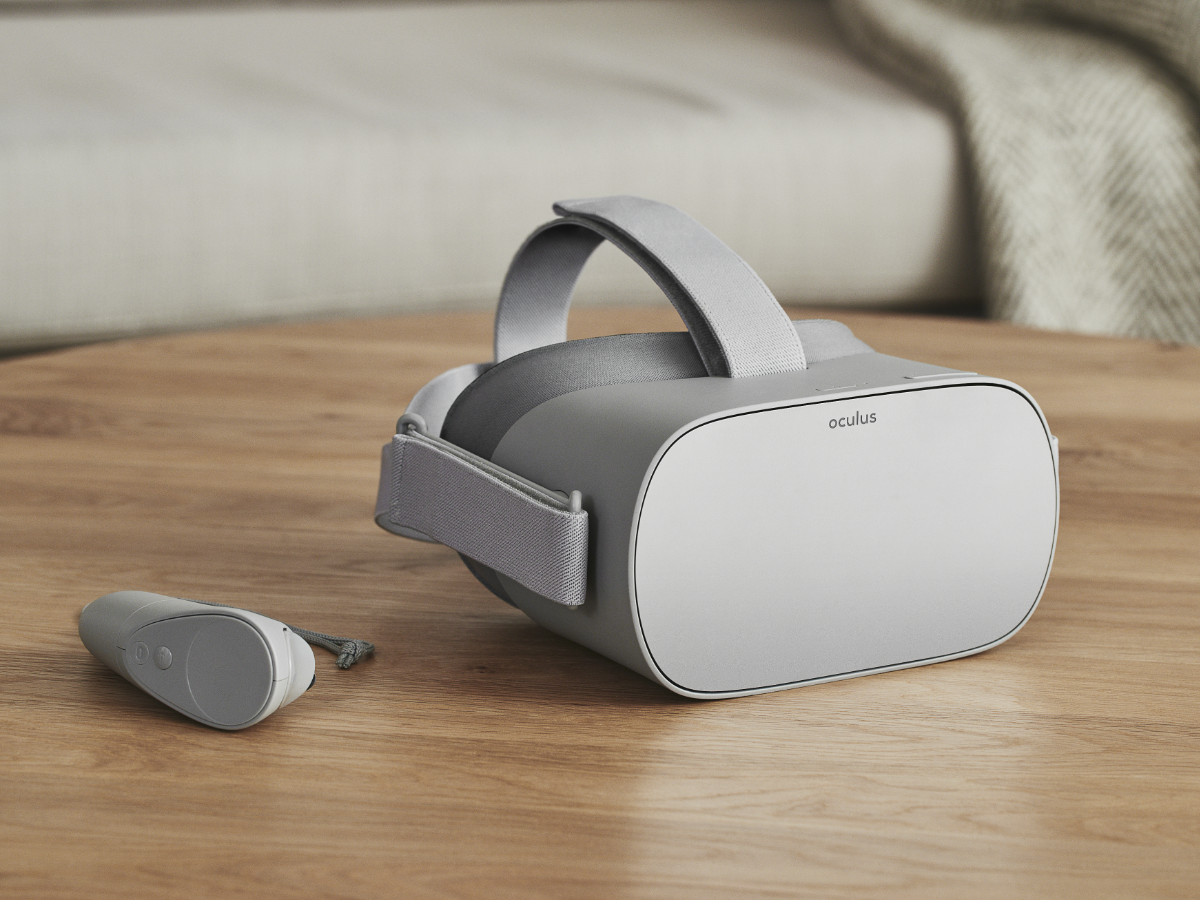
2. It’s got no wires
The Oculus Go seems to find the middle ground between the Rift and Google’s Daydream View. It has the silhouette of the Rift, but looks more compact and won’t have any wires hanging off of it. Unlike Samsung’s Gear VR, all the processing power is onboard, so there’s no need to add an expensive smartphone.
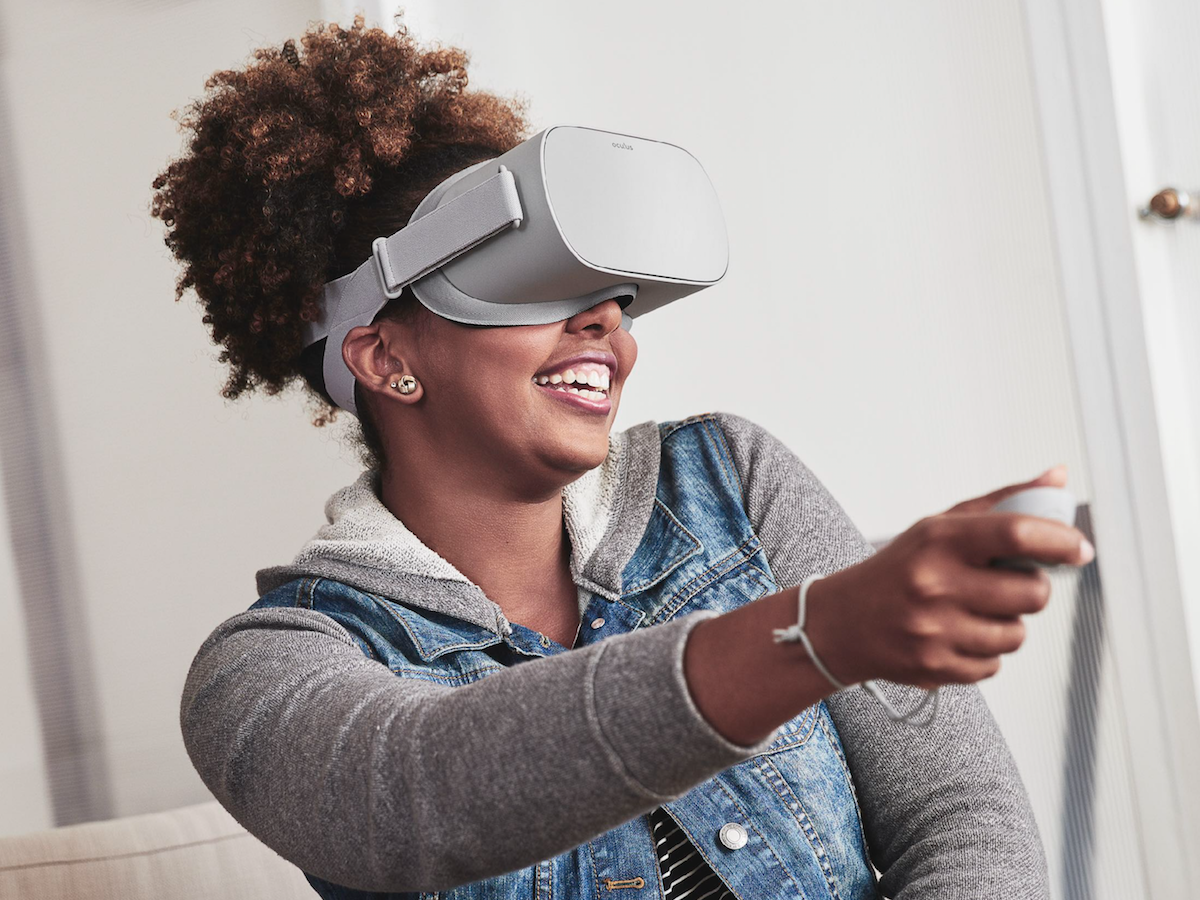
3. It’s surprisingly powerful
The Oculus Go uses the Qualcomm Snapdragon 821 processor, which was used in the original Google Pixel and the LG G6. That’s a surprisingly powerful chip for a headset that will only cost US$199, and it ensures that Gear VR-level experiences should run very well on it.
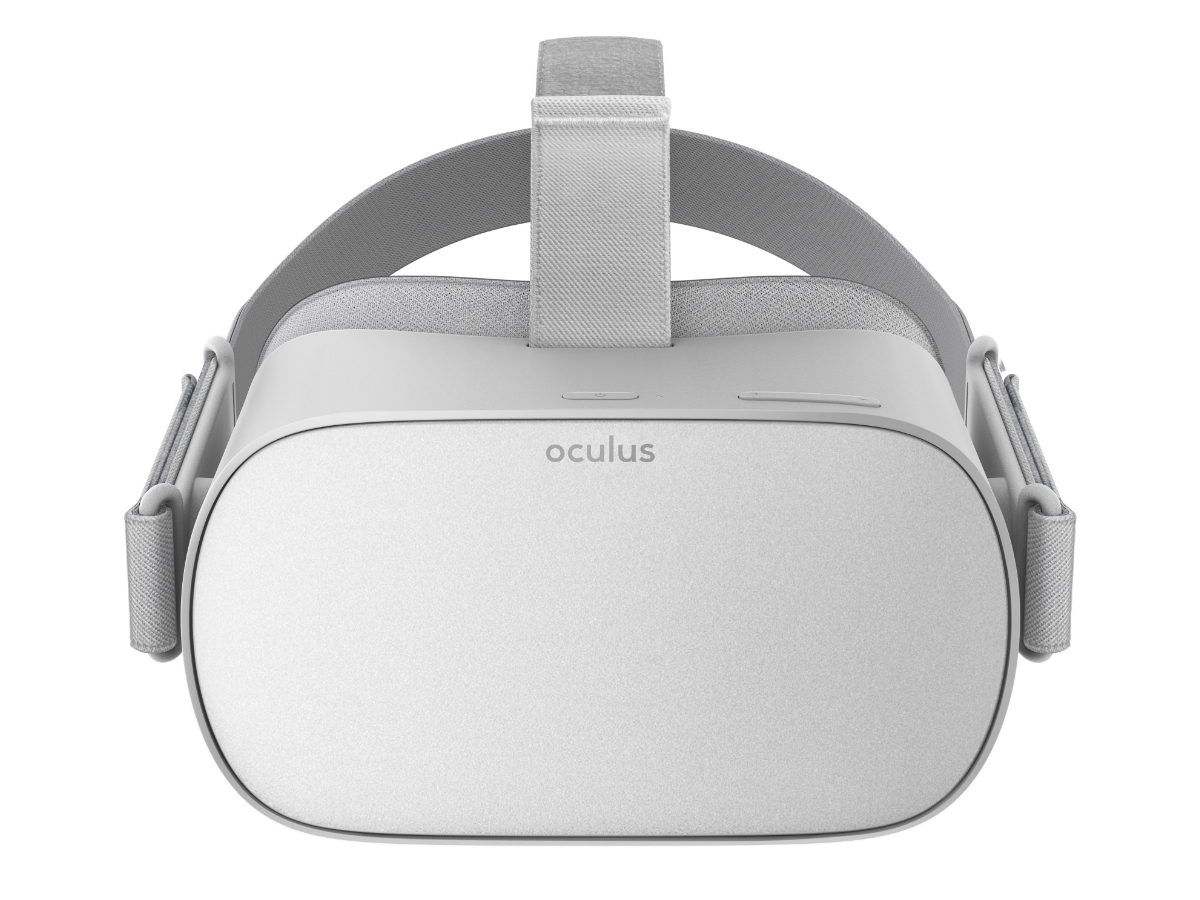
4. The screen’s better than you’d expect
Given the price tag, you might expect something low-end from the Go, but its Quad HD display should ensure clarity is good enough to whisk you away. Rather than the OLED panel found on Samsung’s Galaxy phones, the Go’s will be a fast-switching LCD with a speedy refresh rate to stop any queasiness kicking in.
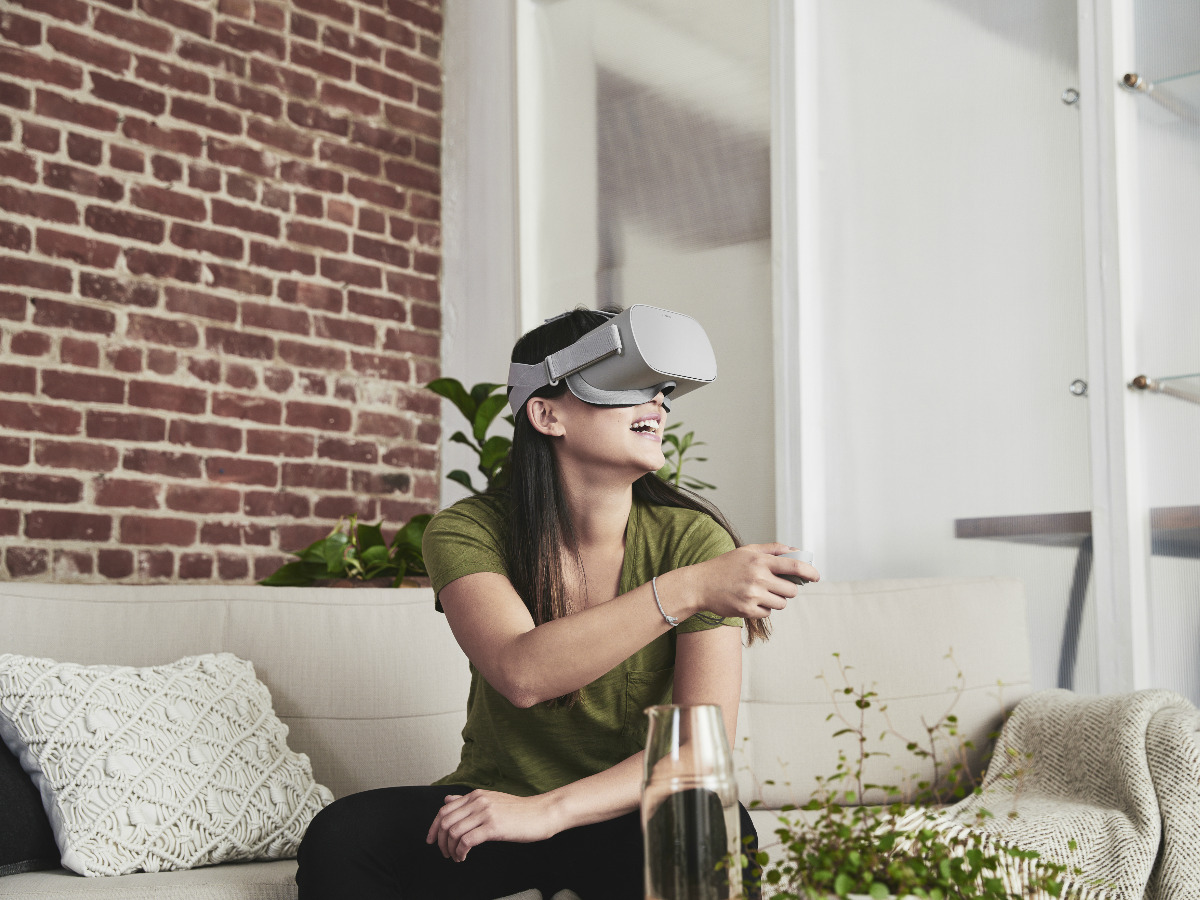
5. It renders stuff smartly
The Oculus Go will come with something called Fixed Foveated Rendering. That’s a very complex-sounding name for something quite simple. It just means that it only fully renders what you’re looking at at full 2560×1440 resolution, with everything in the periphery pre-rendered at a lower resolution until you turn your attention to it. That means the headset can run more efficiently and on lower power.
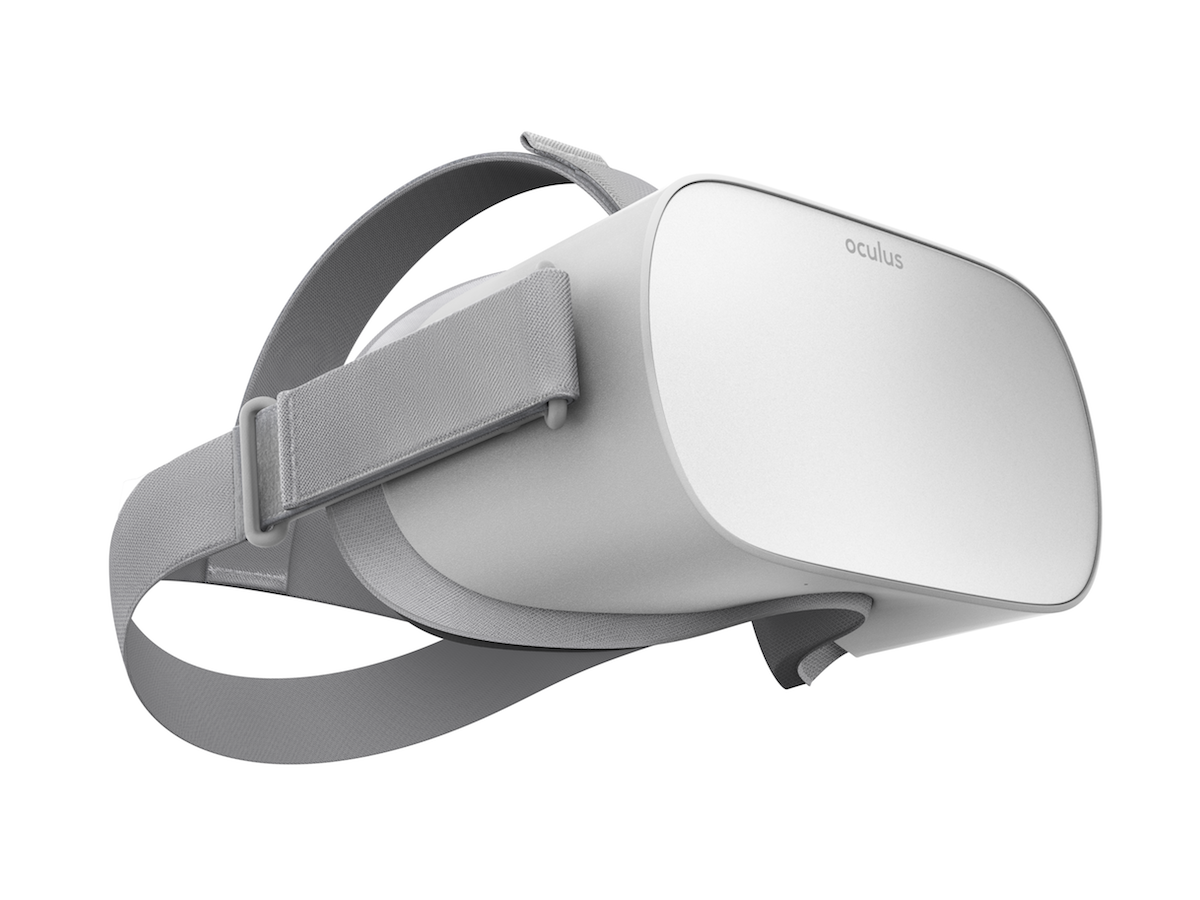
6. It’s got speakers built in
And they’re not just any old speakers. They’re spatial audio speakers built into the sides near where the straps attach. That means they’re not exactly the most discreet, so if you’re using the Go with somebody else in the room, you’ll probably want to plug in a pair of headphones.
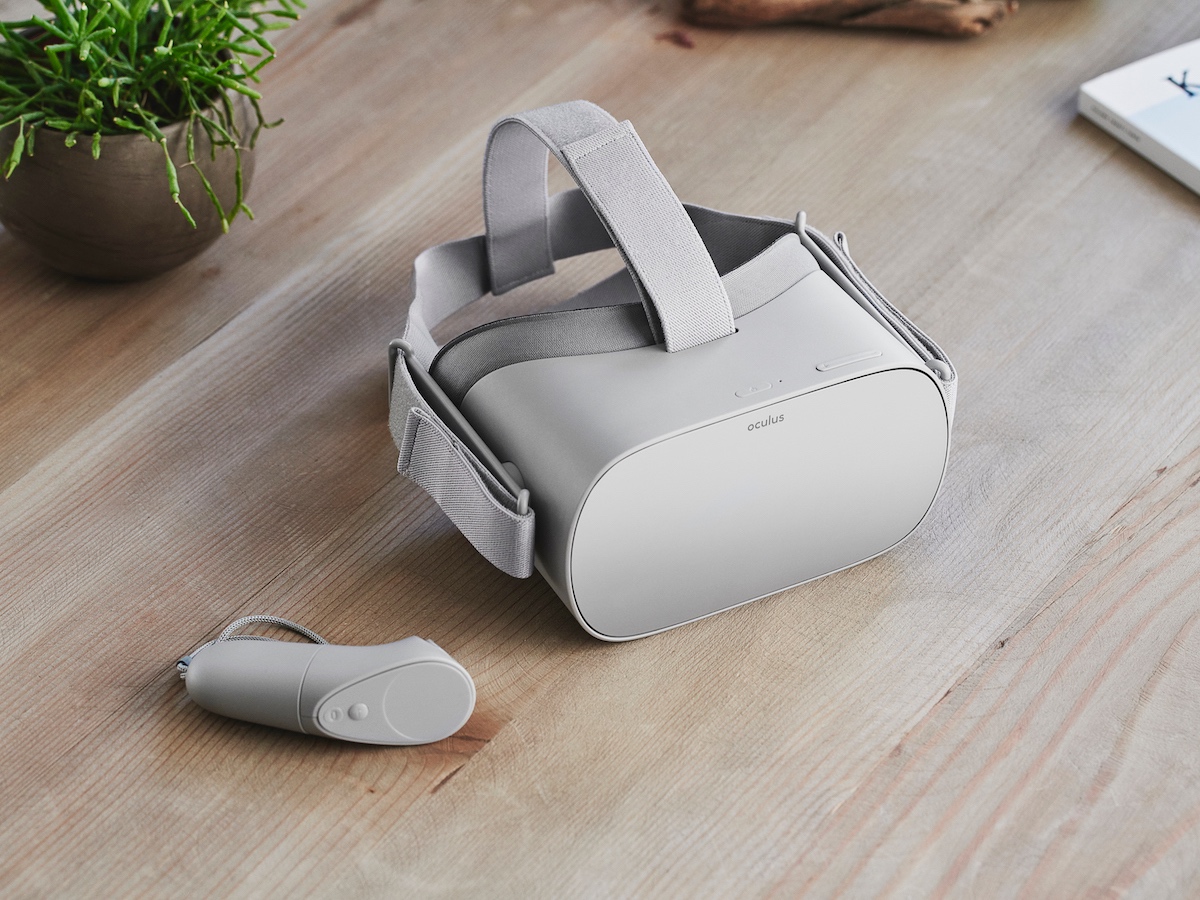
7. It comes with a controller
The included one-handed wireless controller is a fair bit like the Gear VR one, with a big, clickable touchpad below your thumb, a nicely-sized trigger to click below, and a couple of smaller buttons for navigation. It’s a little chunkier than the Gear VR’s, but seems very similar in overall usage.
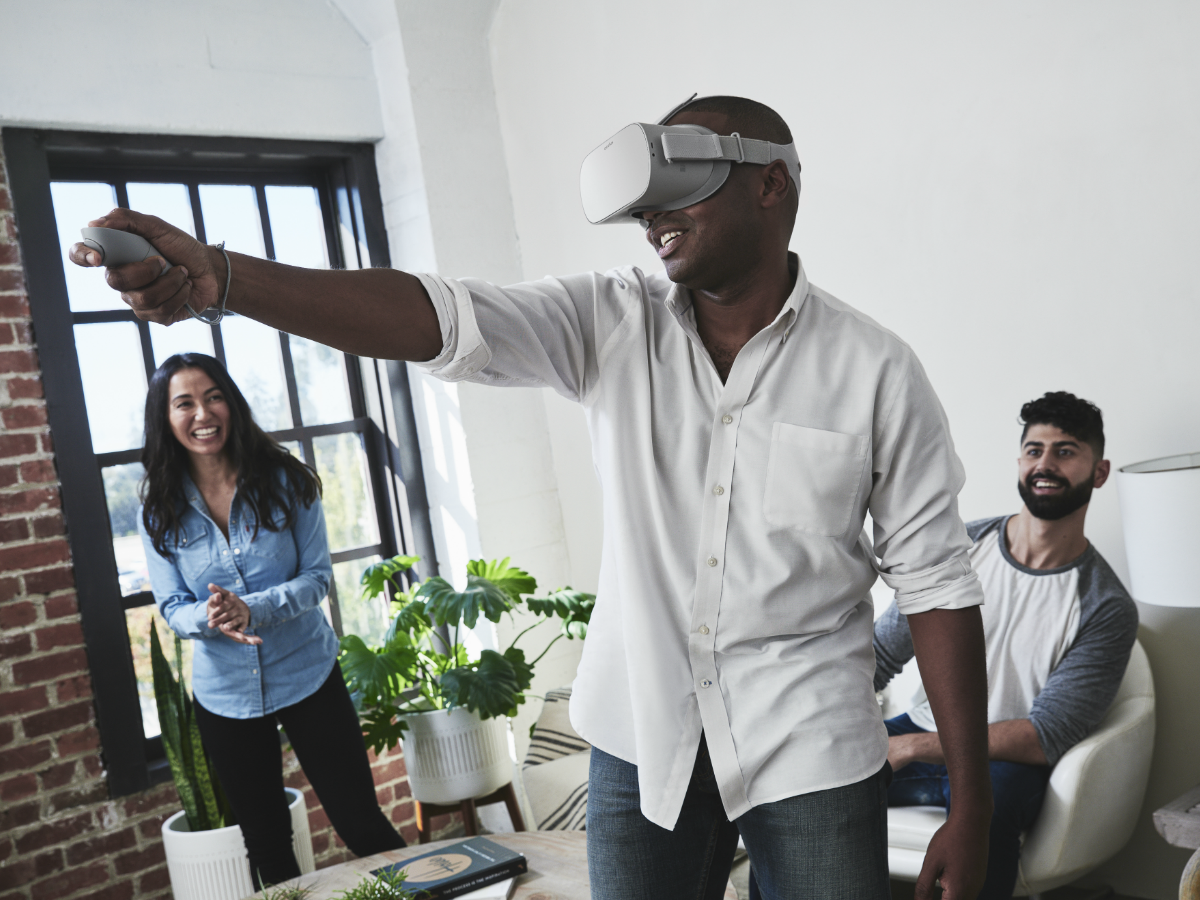
8. It can’t track your position
Due to its portable nature the Go doesn’t have any sort of external tracking, so you won’t be able to walk freely through your room in order to move around the VR world. That means it’s better suited to more static experiences, but for this price, what did you expect?

9. It’ll run Gear VR apps
Oculus helped build a library of apps and games for Samsung’s phone-powered headset, and every single one will be compatible with the Go. That means it’ll launch with over 1000 titles already available, from games such as Minecraft and Smash Hit, to 360-degree video apps and Netflix’s virtual cinema. What’s more, a lot of it is available for free.
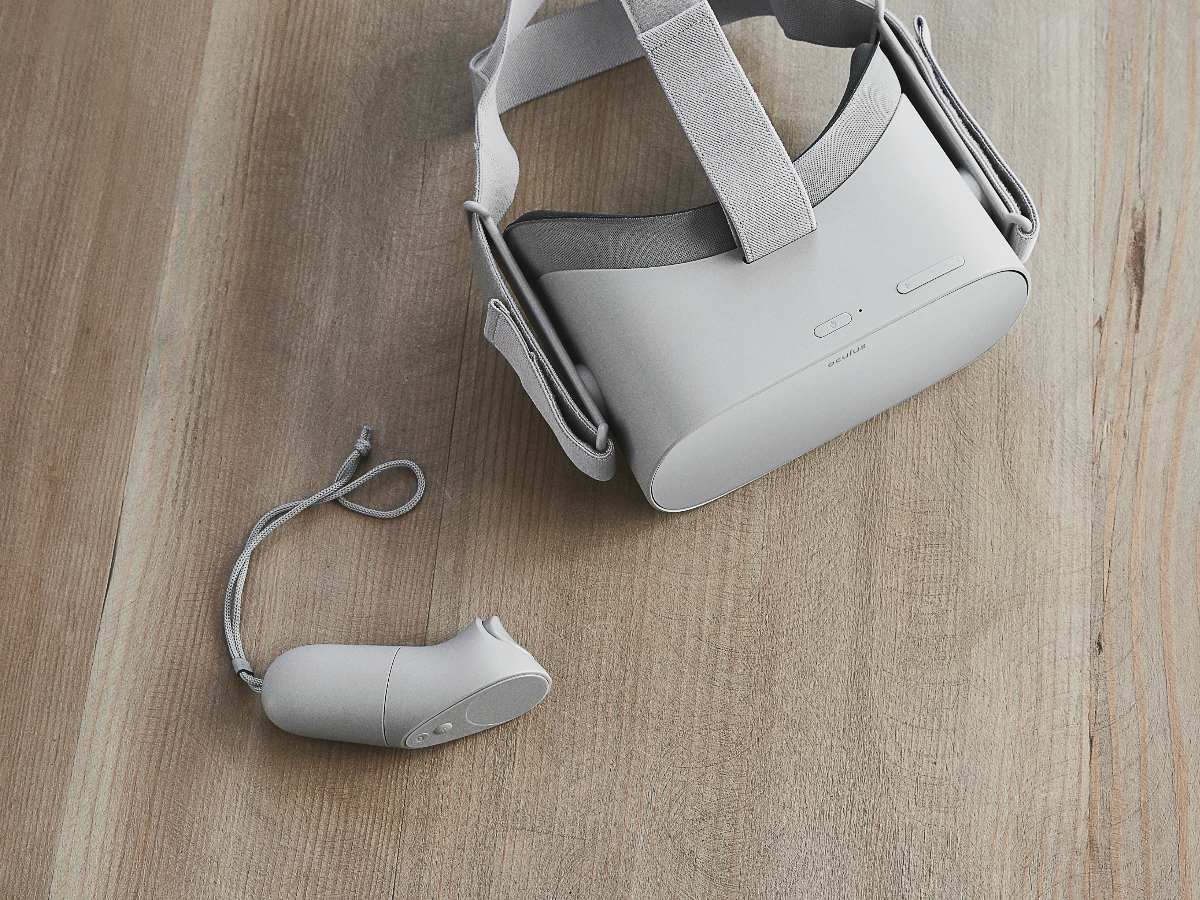
10. It’ll be out in May (probably)
When Oculus first announced the Go last year it said it’d be out in ‘early 2018′, which is looking less and less likely as each week passes. What seems most likely is that it’ll be released to coincide with Facebook’s F8 conference in May. (Quick refresher for those at the back: Facebook bought Oculus back in 2014.) We’d call that mid-2018 to be honest, but considering the Go is shaping up to be rather good, we’ll let them off.
